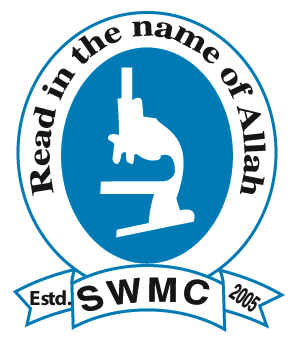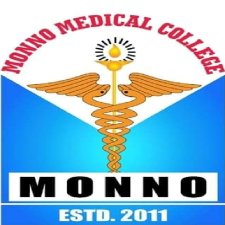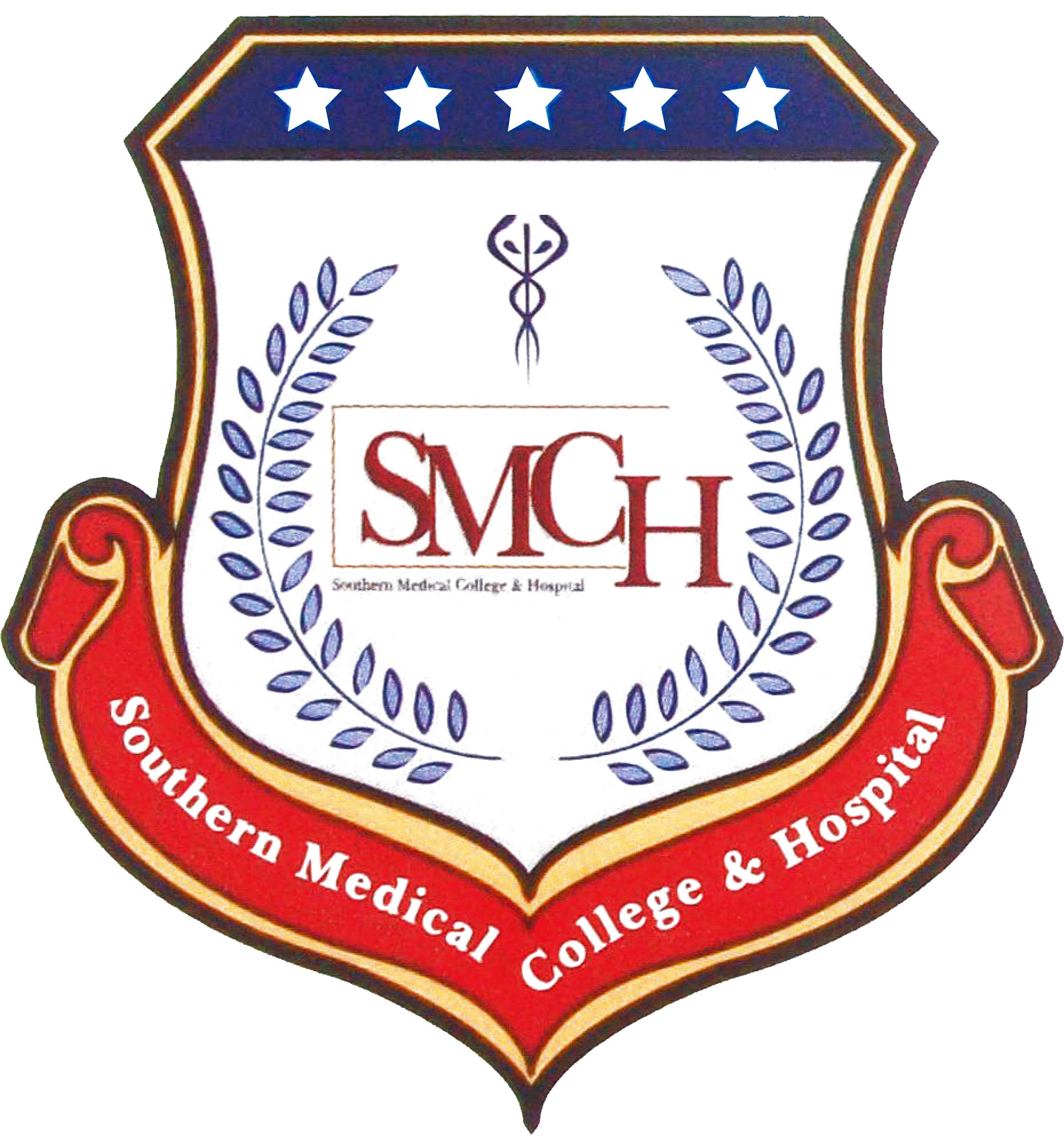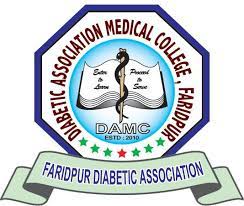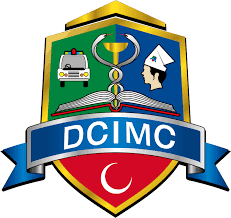MBBS In Bangladesh
MBBS in Bangladesh is an excellent choice for those who want to pursue a career in medicine. Its provides a great opportunity for students to receive quality education at an affordable cost. MBBS in Bangladesh is a five-year undergraduate medical program. Bangladesh is known for its quality education and has become a popular destination for international students seeking a degree in medicine. The medical colleges of Bangladesh are recognized by the Medical Council of India (MCI), World Health Organization (WHO), and other international medical bodies. LookStudent helps you with all the information you need to know about getting an MBBS admission in Bangladesh. We'll cover everything from the process of selecting a medical colleges of Bangladesh to the application process and fees associated with the MBBS degree. You will be well-equipped with the necessary information to make an informed decision about pursuing your MBBS degree in Bangladesh.

Top Medical Colleges In Bangladesh
MBBS In Bangladesh Eligibility Criteria
To be eligible for MBBS in Bangladesh, students must have completed their 10+2 education with a minimum of 50% aggregate marks in physics, chemistry, and biology. Students from SC/ST categories are eligible for a relaxation of 5%. In addition, students must have passed the NEET exam conducted by the National Testing Agency (NTA) in India.
MBBS In Bangladesh Fees Structure
| Medical College | Location | Fees Structure | More Details |
|---|---|---|---|
| Dhaka National Medical College | Dhaka | INR 43,20,000 | Apply Now |
| North Bengal Medical College | Sirajganj | INR 27,20,000 | Apply Now |
| International Medical College | Gazipur | INR 33,60,000 | Apply Now |
| Sylhet Women's Medical College | Sylhet | INR 30,40,000 | Apply Now |
| Monno Medical College and Hospital | Dhaka | INR 33,20,000 | Apply Now |
| Southern Medical College & Hospital | Chittagong | INR 31,20,000 | Apply Now |
| Parkview Medical College | Sylhet | INR 25,60,000 | Apply Now |
| Diabetic Association Medical College | Faridpur | INR 32,00,000 | Apply Now |
| Holy Family Red Crescent Medical College | Dhaka | INR 39,20,000 | Apply Now |
| Anwer Khan Modern Medical College & Hospital | Dhaka | INR 35,20,000 | Apply Now |
| Dhaka Central International Medical College | Dhaka | INR 30,00,000 | Apply Now |
| Ibn Sina Medical College & Hospital | Dhaka | ----- | Apply Now |
| Universal Medical College | Dhaka | INR 30,40,000 | Apply Now |
| BGC Trust Medical College | Chattogram | ----- | Apply Now |
| Popular Medical College | Dhaka | INR 36,00,000 | Apply Now |
| Mainamoti Medical College and Hospital | Cumilla | INR 30,40,000 | Apply Now | Bikrampur Bhuiyan's Medical College | Munshiganj | INR 25,60,000 | Apply Now |
Question You Are Search
The admission process for MBBS in Bangladesh is straightforward. Students need to submit their application. The documents required for admission include a copy of the passport, academic transcripts, and a medical certificate. Once the application is accepted, students need to obtain a student visa and travel to Bangladesh. On arrival, they need to complete the admission formalities and begin their studies.
The MBBS course in Bangladesh is divided into five years. The first two years are focused on pre-clinical subjects, such as anatomy, physiology, and biochemistry. The next two years are focused on clinical training, where students work with patients in hospitals. The final year is focused on internship and practical training. The curriculum is designed to provide students with a strong foundation in medical sciences and hands-on experience in clinical settings.
The cost of medical education in India is significantly higher compared to Bangladesh. The average tuition fees for MBBS in India is around INR 10-15 lakhs per annum, while the average tuition fees for MBBS in Bangladesh is around INR 3-5 lakhs per annum. In addition, the cost of accommodation and living expenses in Bangladesh is much lower compared to India.
Studying MBBS in Bangladesh has many advantages. Firstly, the quality of education is on par with international standards. The curriculum is designed to provide a strong foundation in medical sciences and is taught by experienced faculty members. Secondly, the cost of education is relatively low compared to other countries. The tuition fees, accommodation, and living expenses are affordable, making it a cost-effective option for students. Finally, the exposure to a diverse patient population provides students with a unique learning experience.





